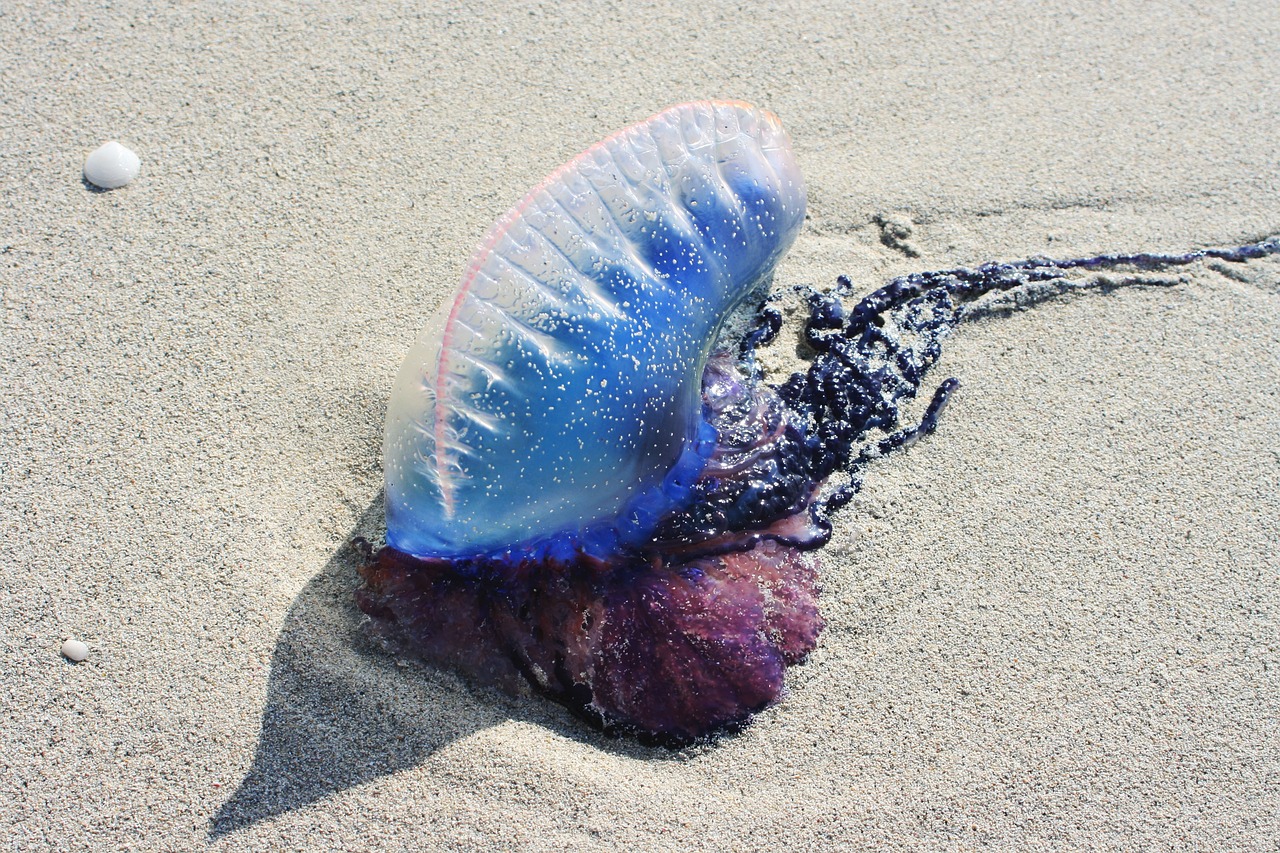Medusa, a prominent character in Greek mythology, is recognized as one of the three Gorgon sisters and is famously portrayed as a fearsome entity with serpents for hair. Her fearsome appearance is notorious for petrifying those unfortunate enough to gaze upon her, turning them to stone. The tale of Medusa encapsulates themes of protection and guardianship, and her image has found a place in various artistic and literary expressions throughout history.
The Myth of Medusa: A Brief Overview
Medusa, along with her sisters, was born to the primordial deities Phorcys and Ceto, amidst a myriad of other legendary creatures like Graeae and Echidna. Once a beautiful maiden, Medusa’s transformation into a monster is linked to the wrath of Athena, either due to her haughty demeanor or a fateful encounter with Poseidon. This narrative of a lovely girl turned hideous by divine retribution has influenced countless creative representations.
According to myth, Medusa was once an enchanting young woman who drew the attention of Poseidon. Their encounter in Athena’s sacred space incited Athena’s ire, leading her to curse Medusa with serpents for hair and the ability to petrify anyone who looked at her. This transformation solidified her notoriety among mythical beings.
The Odyssey of Perseus and Medusa
The hero Perseus, a demigod and son of Zeus, embarked on the perilous task of decapitating Medusa, assisted by Athena and Hermes. These deities provided him with remarkable tools for the endeavor:
- Hades’ Helm of Darkness for invisibility,
- Winged sandals from Hermes for flight,
- A polished shield from Athena, which acted as a mirror to avert his gaze.
As Perseus stealthily approached Medusa’s lair while she slumbered, he successfully severed her head without meeting her deadly stare, utilizing the shield’s reflection. In a surprising turn of fate, from her dismembered neck arose Pegasus, the winged horse, and Chrysaor, a giant, both progeny of Poseidon.
Following these events, Perseus wielded Medusa’s head as a potent weapon, using it to rescue his mother from an unwanted suitor and assisting kingdoms in turmoil. Eventually, he returned the head to Athena, who incorporated it into her shield, the Aegis, symbolizing protection and divine strength.
Years of retelling have turned Medusa’s narrative into a fascination laced with symbolism and reinterpretations, establishing her as a significant icon in both ancient and contemporary culture. The tragic elements of her tale persist as a vital part of Greek mythology, influencing art, literature, and modern media.
Symbolisms Associated with Medusa
Medusa as a Protector
In ancient lore, Medusa was often seen as a figure of protection. Her fearsome visage acted as an apotropaic talisman, designed to repel malevolence. For instance, the hero Heracles presented a lock of her hair, capable of invoking storms, as protection for Tegea from invasion.
Medusa’s Petrifying Gaze
The ability of Medusa to petrify with her gaze has inspired various interpretations. This terrifying power not only cemented her status as a dreaded figure but also illustrated a transformative influence. Her gaze can signify confrontation with fears, paralysis, or avoidance of uncomfortable truths. Her portrayal blends beauty and horror as she was once a captivating woman now morphed into a monstrous entity.
Medusa in Ancient Art and Literature
Throughout history, Medusa has been immortalized in an array of artistic forms. Recognized as a Gorgon with the chilling ability to turn gazers to stone, she epitomized a mix of terror and allure in the ancient world. Visual representations showcased her grotesque femininity, often featuring serpents in place of hair, reflecting her fearsome portrayal in myth.
Medusa’s image has served as a protective symbol in antiquity, akin to the modern notion of the evil eye. The Gorgoneion, a depiction of her head, functioned as a commonly revered emblem against negativity in ancient Greece.
Kept alive through Greek myth, Medusa’s severed head was exhibited in temples, signifying the valorous acts of Perseus and the protective essence imbued by Athena. Various authors and artists have explored themes of beauty within the monstrous, leading to a rich tradition of interpreting Medusa’s character.
Medusa’s constant presence in art and literature through the ages reflects her lasting impact on Greek cultural identity. Her associations with fear and defense, intertwined with notions of heroism and underlying beauty, continue to engage scholars and enthusiasts alike.
FAQs About Medusa
What is Medusa’s origin story in Greek mythology?
Medusa was one of the Gorgons, born from the primordial beings Phorcys and Ceto, and was distinguished from her immortal sisters by her mortality. Initially a beautiful maiden, she was cursed by Athena, resulting in her transformation into a Gorgon with the lethal gift of petrification.
Who ended Medusa’s life?
Perseus, a demigod and Zeus’s son, is credited with Medusa’s death when tasked to procure her head as a gift for King Polydectes, aided by Athena and Hermes.
What led to Medusa’s curse in myth?
Several narratives explain Medusa’s curse, but a prevalent one describes her as a beautiful maiden defiled by Poseidon in Athena’s temple, inciting Athena’s rage, which transformed her into a Gorgon.
How did Medusa look before her curse?
Prior to her transformation, Medusa was characterized by her long, beautiful hair and striking features, captivating many, including Poseidon.
In what ways does Medusa embody themes of good versus evil?
Medusa reflects a nuanced dichotomy of good and evil, as she is both a victim of divine retribution and a figure evoking fear due to her monstrous qualities and fatal abilities.



